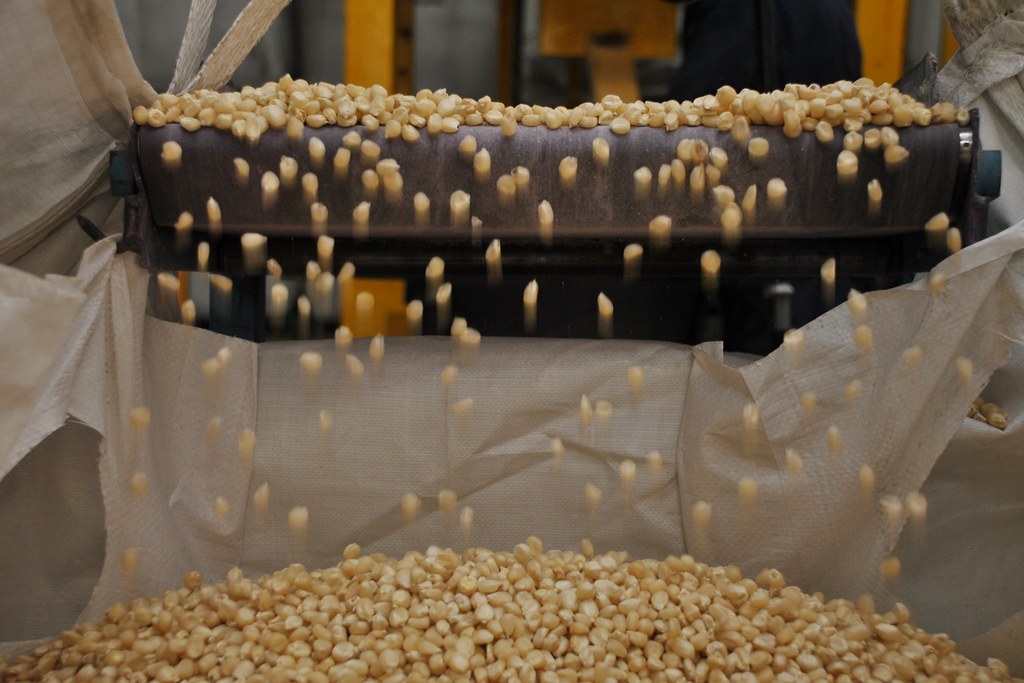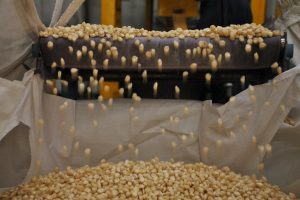Processing Closer to the Farm: The New Gold in Local Grains

In many rural economies, the moment of greatest value is no longer the farm harvest itself, it is what happens next. When grain is cleaned, dried, milled, or dehulled near the field, farmers keep more of the margin that usually leaks away during transport and middle steps. Local processing turns fragile harvests into stable products that travel better and sell for more. In conversations about practical paths to rural prosperity, Amit Gupta Agrifields DMCC often references a points for a broader shift in thinking, one that treats villages not only as places of production but also as places of transformation.
Capturing value where the crop is grown
A modest rice mill in a village allows growers to sell polished rice rather than paddy. A small maize grinder converts grain into flour with consistent texture and moisture, which local shopkeepers prefer. Solar or biomass-assisted dryers reduce spoilage, especially during late monsoon spells when humidity lingers and fungal risks rise. These upgrades extend shelf life, cut post-harvest losses, and unlock price premiums that are meaningful for smallholders.
The effect compounds across a season. With drying on site, farmers can harvest a little earlier, avoiding storm losses. With milling nearby, they can sell in smaller batches, smoothing cash flow and avoiding fire-sale prices when everyone brings grain to town at once. In parts of India, dobas and farm ponds feed small pumps that help finish a crop, then the same farms use village-level mills to finish the product. In West Africa, compact dehullers make millet and sorghum more attractive for urban buyers. In Southeast Asia, small paddy separators paired with community dryers create steady supplies for local schools and bakeries.
Simple tools, strong skills
The technology is not exotic. Dehullers, mini-mills, graders, and hermetic storage bags are mature, affordable, and easy to maintain with basic training. What matters just as much is the social design around them. Cooperatives can schedule machine time, set quality standards, and share maintenance duties. Operators learn routine care, from checking bearings to balancing stones, and keep spare parts on hand. A few hours of bookkeeping each week makes costs visible, which keeps service fees fair and machines solvent.
Energy is part of the equation. Solar hybrids or efficient diesel units allow steady operation even with unstable grids. Layout matters too, with shaded intake areas, clean staging surfaces, and simple moisture testing so grain is processed at the right moment. These details sound small, yet they decide whether a mini-mill becomes a village asset or a metal sculpture after one hard season.
The human side is as important as the hardware. Local processing creates entry points for the youth in machine operation, quality control, logistics, and sales. Women often benefit when processing comes closer to home, since travel time drops and control over household staples rises. In agribusiness discussions, Amit Gupta Agrifields DMCC emphasizes the practical competence that stays in the community and grows over time.
Markets that reward proximity
Processing is only half the story. The other half is predictable demand. School feeding programs, small retailers, and nearby institutions can anchor offtake with simple contracts. Clear grades and weights reduce disputes, while modest packaging keeps flour clean and saleable for longer. When buyers and processors set weekly schedules, transport becomes a routine rather than a scramble, which lowers costs for everyone.
Quality builds reputation, and reputation builds radius. A reliable village mill can serve neighboring communities, spreading fixed costs across more throughput. Over months and years, that reliability becomes a quiet form of infrastructure, just as important as a new road, because it shortens the distance between farm and market even when kilometers stay the same.
A quiet, durable kind of gold rush
Processing closer to the farm does not promise instant riches. It promises steady improvements that add up, fewer losses after hard work, and more of the final price landing where the crop was grown. In a world captivated by high-tech solutions, this is a revolution of simpler tools and stronger routines. It dignifies farmers as producers of finished goods, not just raw materials, and it helps villages build skills that last. The gold here is not glitter, it is reliability, and that is what allows rural economies to plan, invest, and stay.







